BIA Research & Innovation
The History of BIA Technology
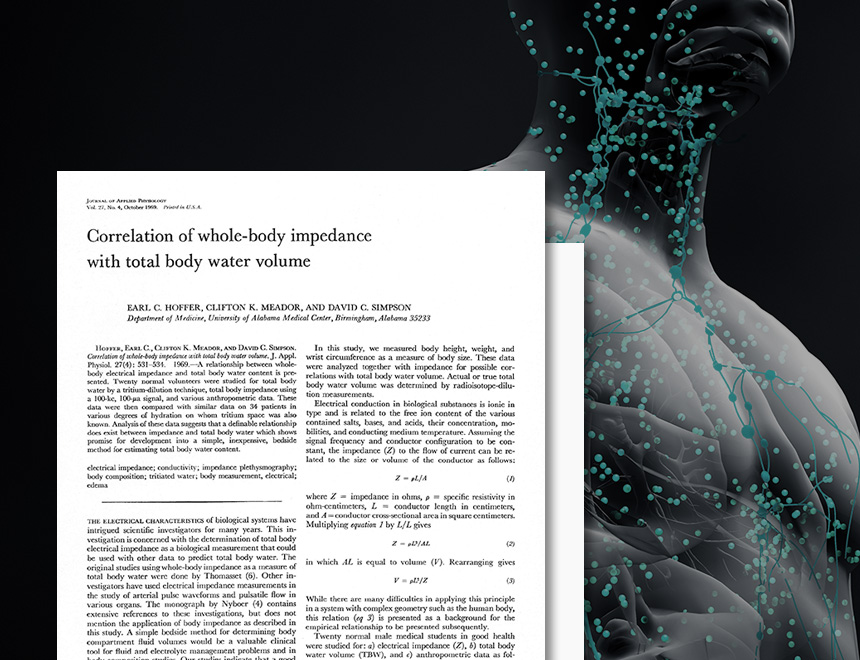
Dr. Hoffer and the Impedence Index
In 1969, Hoffer carried out a series of experiments to prove that total body water and biological impedance were highly correlated, suggesting that impedance measurement could be used for determining total body water. He showed the squared value of height divided by impedance was highly correlated with total body water.
Hoffer took impedance measurements of the right half of the body including the right arm, Trunk, and right leg. The squared value divided by impedance showed correlation coefficient of R=0.92 with total body water, which was higher than other parameters including body weight. The equation Hoffer proved is the impedance index used in BIA today.
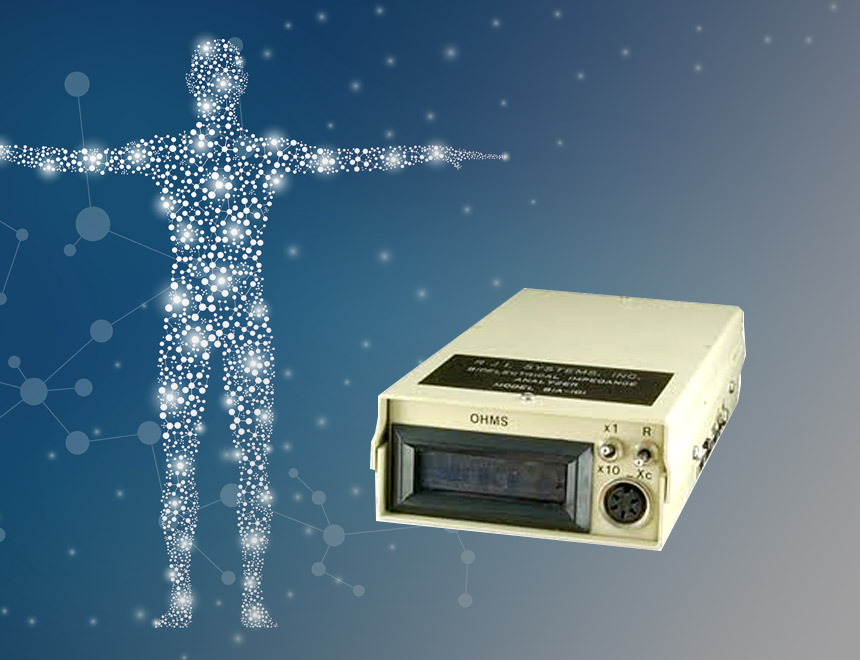
RJL Systems and the first impedance meter
In 1979, RJL Systems commercialized the impedance meter for the first time and the BIA method began to gain popularity. The device measured impedance by attaching electrodes on the back of the right hand and a top of the right foot of a patient and conducting a current of 50kHz through the right half of the body.
Prior to this, body composition could only be measured by caliper or underwater weighing. Such methods needed to be carried out by skilled people and installation was not easy. Also, only specific types of patients could benefit from them. BIA however, was easy, fast, less expensive and less intrusive. Therefore, many body composition researchers, nutritionists, and medical experts began to use BIA.
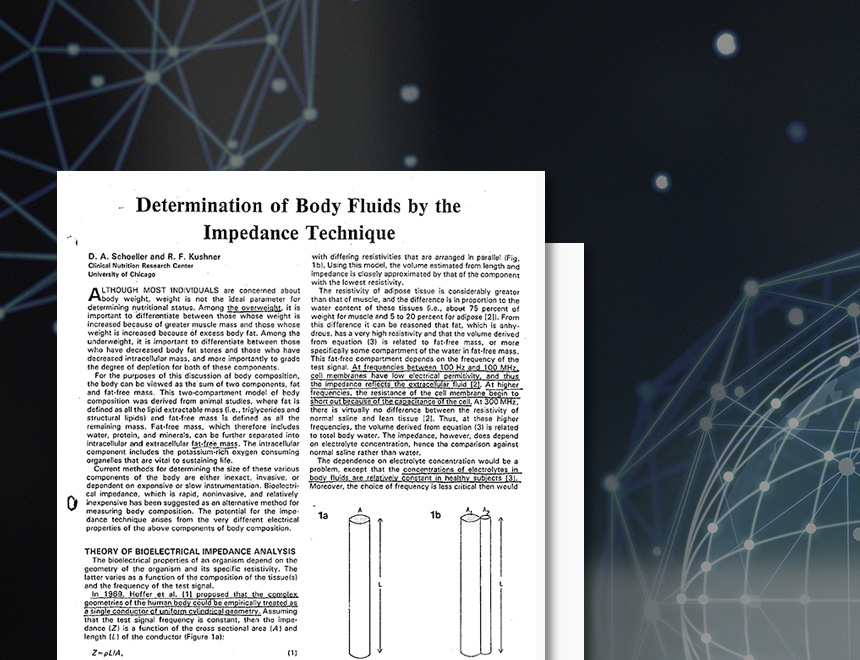
Discovering limitations to BIA with empirical data
Research by Lukaski, Segal and other scholars accelerated the evolution of BIA. Studies proved BIA had high correlation with gold standard methods like underwater weighing and DEXA. But technical limitations of BIA began to surface in the late 1980’s.
One limitation was that BIA assumed the human body to be in the shape of one cylinder and used a single frequency (50 kHz). This may have worked for patients with standard body types, but it wasn’t as accurate for other populations.
So, researchers came up with various equations in addition to the impedance index so as to complement the technical limitation of BIA and achieve greater accuracy for patient groups of different age, gender etc.

Development of Empirical Equations
To increase the accuracy of the results, researchers came up with empirical equations that utilized empirical data such as gender and age to calculate a person’s body composition.
Empirical data is knowledge acquired by means of observation or experimentation. By collecting data on a sample population that (hopefully) represents the variance of the entire population, researchers attempt to derive trends that may be used to predict outcomes. In body composition, researchers identify these trends in muscle and fat mass; they use this data to predict body composition based on specific variables (age, gender, ethnicity, etc.)
In 1986, Lukaski used the published equations using impedance index, body weight and reactance; and in 1986, Kushner published equations using the impedance index, body weight and gender.
Although empirical estimations could give you an accurate estimate of a general user’s body composition, there are significant problems when they are used for medical purposes.

Home-use BIA devices
In the late 1980s, Japanese manufacturers released various types of BIA body composition devices for general public use. Gradually, BIA devices became more popular for personal use rather than professional medical assessments due to technological constraints (mentioned in the previous section).
Some devices measured the impedance between both feet as the user stands on the scale, while others measured the impedance between both hands while holding the device.

Kushner and the Proposal of Multi-frequencies with Segmental Analysis
Since the inaccuracy of BIA is due to technical limitations, many argued that this could be improved upon. In 1992, Kushner claimed that the human body is made up of five cylinders (right arm, left arm, trunk, right leg, left leg) instead of one.
While the thin limbs affect the total impedance, the trunk, which has the largest cross-sectional area, has little impact on impedance. However, since the torso makes up 50% of lean body mass, Kushner emphasized that measuring the impedance of the body torso separately would be very important.
Measuring the total impedance alone would not be sufficient but all five parts must be measured separately at different frequencies, making a distinction between extracellular water and intracellular water. In other words, the technical limitations of BIA should be overcome by measuring different parts at different frequencies.
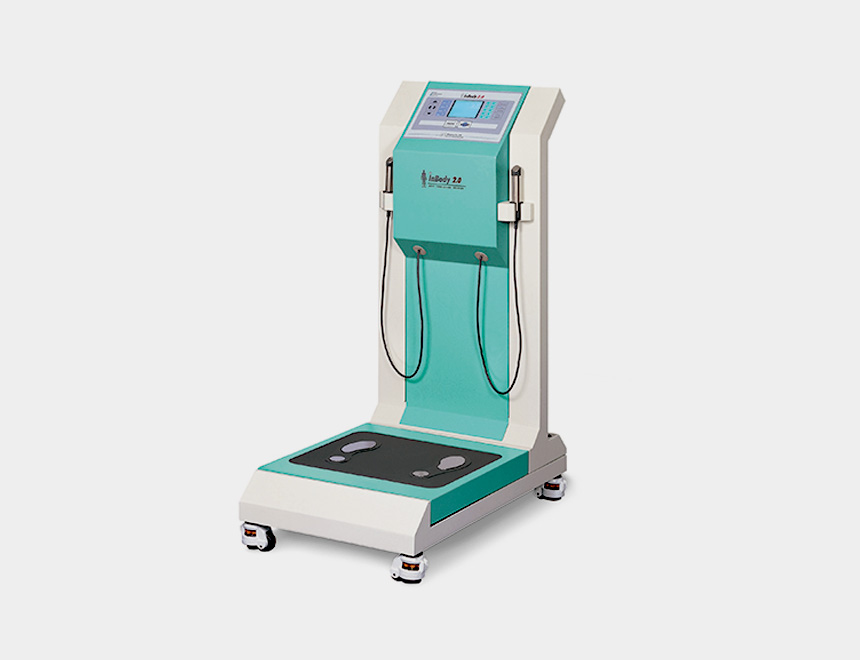
Dr.Cha creates the Body
Composition Analyzer ‘InBody’
In 1996, Dr. Kichul Cha developed InBody, the world’s first 8-point tactile electrode system with direct segmental analysis to measure impedance in the five different body cylinders using multiple frequencies.
By doing so, the impedance in the limbs and Trunk were measured separately, yielding highly accurate results without using empirical data based on factors like age, gender, ethnicity, athleticism, and body shape. Thus, the InBody DSM-MFBIA body composition analyzer is a precision medical device.
Separately and shows the impedance values of all five cylinders of the body at each frequency in the Impedance Section of the InBody Result Sheet.
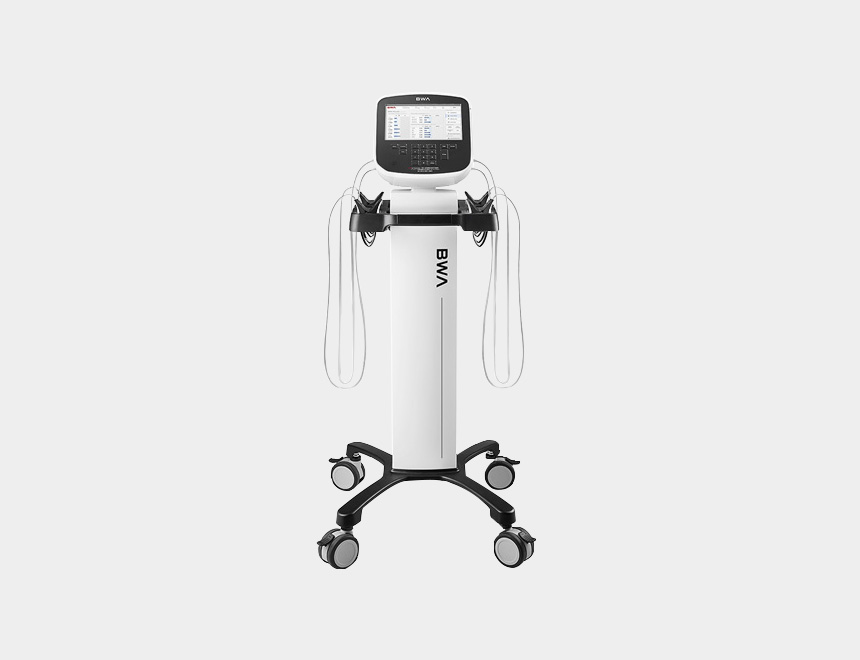
The World's First 3MHz High-frequency
The higher the frequency, the more difficult it is to control the frequency in the human body which results in an unstable impedance measurement.
InBody overcame this limitation and applied the world’s first 3MHz frequency
which penetrates through our cell membranes even better, and this enabled us to get a more accurate measurement of the intracellular water and total body water.


